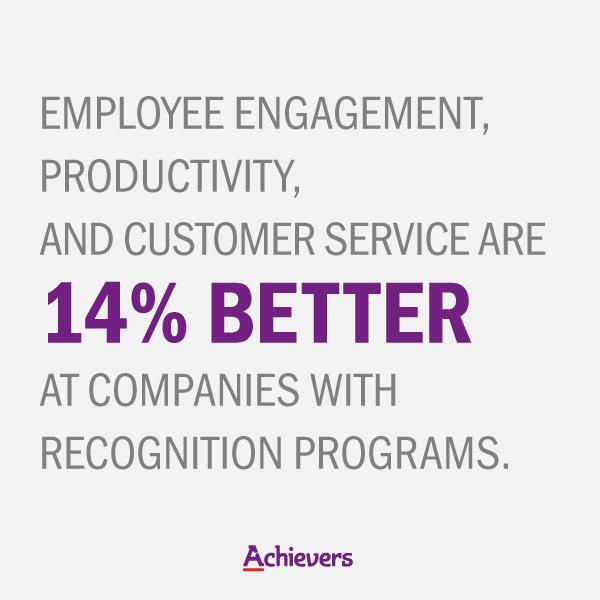Staying on top of potential risks to the enterprise can be a full-time undertaking all by itself. Bringing together stories about all types of enterprise risk would not only be exhausting on our end, it would be quite long for you, the reader.
Therefore, for today, I want to focus on top stories I have found in the last couple of months discussing talent risks to the enterprise; in other words, organizational risks around your people, whether employees or contractors. Every few weeks, I plan to publish a brief roundup of stories from highly credible sources focusing on a particular type of risk (e.g., talent, financial, strategic, reputation, operation).
Without further ado, continue reading for a quick rundown of recent stories focusing on talent risk.
1. How the Best Global Employers Convince Workers to Join and Stay – Companies literally spend millions to find and attract customers, but many often fall short when it comes to not only recruiting employees, but convincing them to stay. “Employer branding” has been valuable in helping employers recruit and bring new talent on board, but in order for a company to retain that talent, it must also focus on their current talent.
If companies can’t attract, engage, and retain the right talent, they’re unlikely to achieve their business objectives.”
According to a survey by Universum of top firms’ employee branding efforts, four areas for companies to focus on stood out in particular.
- Targeting the right talent
- Standing out from the crowd
- Delivering on promises
- Confronting the facts
Click here to read more about tools companies can use to effectively manage talent risk both in terms of recruitment and retention.
2. Study: Whopping 93% Say They’re More Productive Working Remotely – With the overwhelming support of workers, companies should take a step-back and examine why so many seem to be more productive when working remotely. Is it because there a fewer interruptions outside of the office?
Allowing employees to work remotely, at least part of the time, will likely become a key part of managing talent risk in the years ahead. According to Brie Reynolds of Remote.co:
As Millennials grow into managerial roles, it makes sense that companies are becoming more comfortable with remote work.”
Reasons workers cite for preferring a flexible work arrangement include: work-life balance, family, time savings, commute stress.
Hopefully, company management values productivity over face time, especially since more and more workers in the future will want to be able to work at least part of the week remotely.
Click here for more about this ever-important method to maintain good talent at your organization…
3. 65% of Americans Want This Over a Fancy Job Title – Rather than a lofty job title, new research from LinkedIn’s top attractors list shows that 65% of American workers would take a job without a fancy title in order to work with a visionary CEO they believe in. Confidence, talking like a real person, and discussing both sides of an argument are a few tips for building influence among prospective and current employees.
….leaders who understand and embrace the need to be more transparent and authentic will win the war for talent.”
Besides the CEO, some positions require people to be influential. For example, risk managers must be persuasive, confident and know both the pros and cons of any recommendations. Click here for more about why vision, confidence and influence are important factors for managing talent risk.
4. 5 Powerful Questions that Will Engage Employees to Do Their Best Work – Not engaging employees results in astounding costs for employers. According to a well-known survey by Gallup from 2014, an unhappy workforce adds up to well over $550 billion in lost productivity each year (Note: this amount doesn’t include the cost of workers quitting to find work elsewhere).
Real employee engagement creates an ongoing dialogue between individuals, teams and leadership. You have to have conversations with your workforce beyond the initial recruitment process, and regularly in-between formal review cycles.”
However, employers must go beyond just asking the questions to adequately manage talent risk. Changes must be made visible to the employees or else they will get tired of answering survey questions without any corresponding actions on the part of leadership. Click here for more about engaging employees…
5. The Total Package: Including recognition within the compensation tool kit – According to Bersin by Deloitte, employee engagement, productivity and customer service are 14% better than for companies without any recognition. This figure shows why a simple “Thank you” goes such a long way. Including a recognition and rewards program as part of your compensation package can not only improve engagement and retention among your employees, it can also enhance existing programs according to a whitepaper from Achievers.
Get to know your employees and learn more about what THEY care about! Then, when it comes time for recognition, it is more personal with greater meaning. This is a way to engage the hearts, mind and talents of people to do their absolute best work and drive business value. Click here for more about why recognition is a key part of managing your organization’s talent risk…
As these stories and many others show, managing talent risk is a critical part of achieving business goals. If you’re not recruiting the right talent, workers are disgruntled and fail to perform their best, or they leave altogether, a whole assortment of other risks and issues will arise. What these stories show is that there are 5 key components to managing your organization’s talent risk: employer branding, employee engagement, recognition, the ability to work remotely, and working with a visionary leader.
I hope you found this roundup useful. Stay tuned for my next roundup on another type of risks in a few weeks. If I missed a story you would like to understand from an enterprise risk perspective, please feel free to let me know in the comments section or on my LinkedIn page today!









